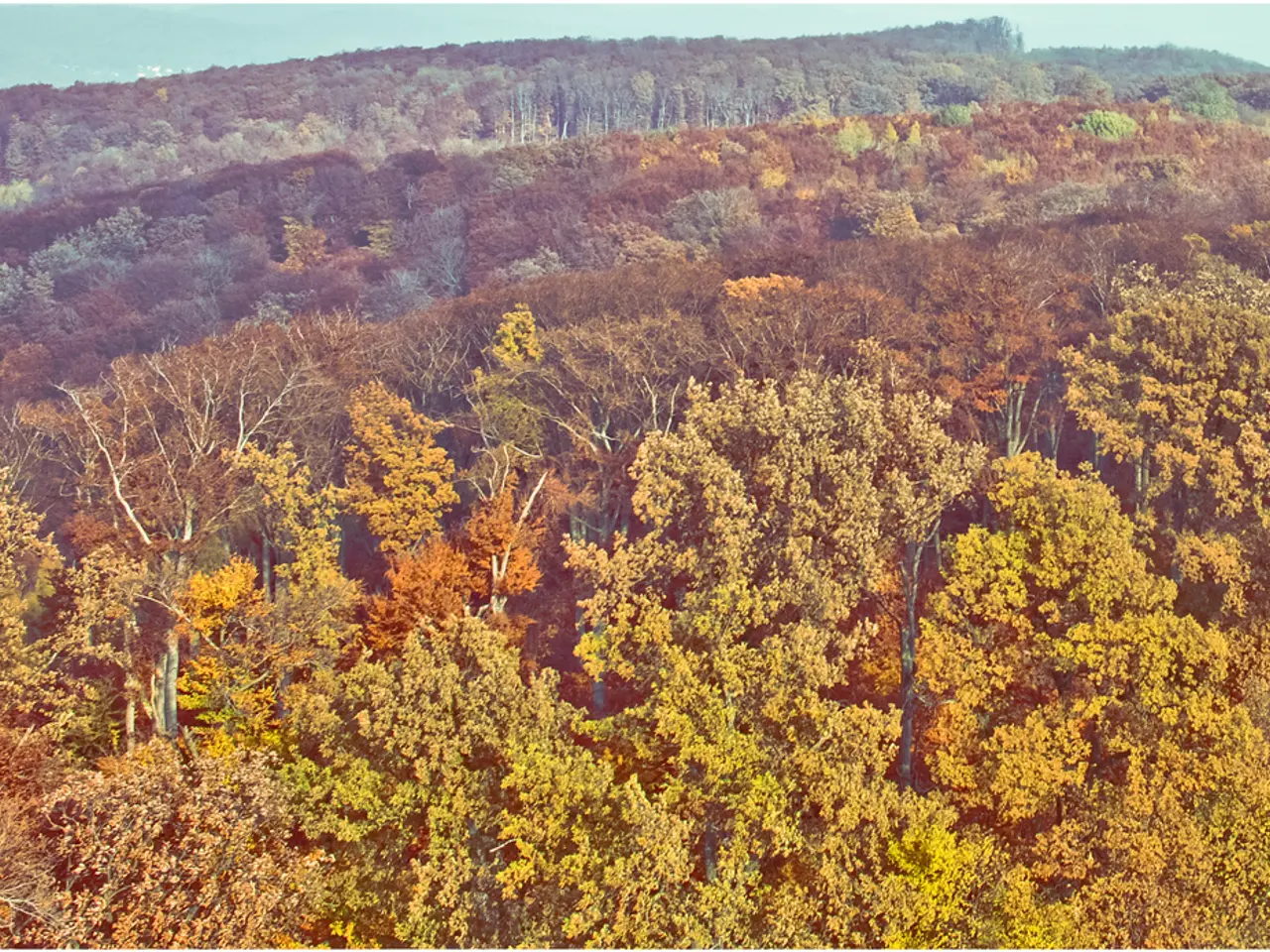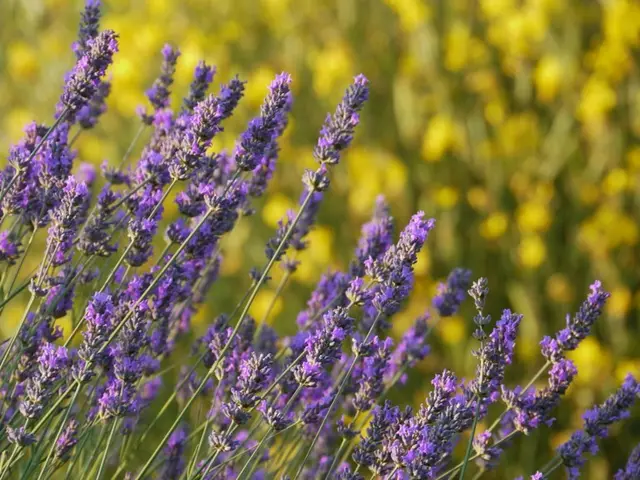Avoid placing it near your cultivated area.
In the beautiful world of horticulture, the choice of trees in a garden can have a significant impact on the growth and health of other plants. Here's a look at how certain trees can interact with their neighbours, and what you need to know for a harmonious garden.
Birch and cherry trees, for instance, do not always mix well due to competition for light, water, and hindered shrub development. This competition can lead to stunted growth and reduced yields for both trees and surrounding plants.
Similarly, spruce trees create dense shade and acidify the soil, which is detrimental to most fruit trees, particularly pear and plum. The acidic soil can hinder the nutrient absorption of these trees, leading to poor growth and fruit production.
Poplar trees, known for their fast growth, present a different set of challenges. Their roots spread horizontally, invading neighbouring plots, and they quickly absorb water from the soil, leaving other plants thirsty. This rapid water absorption, coupled with their horizontal root spread, can cause problems for nearby plants.
Acacia trees, too, can pose issues. They release substances that slow the growth of cultivated trees, particularly affecting apricot and peach trees. Grass also struggles to grow under acacia and walnut trees due to the same allelopathic effects.
Walnut trees, in particular, contain juglone, a substance that inhibits the growth of apple, tomato, and grape plants. As a result, it's best to keep walnut trees apart from these plants.
Spruce, poplar, and walnut trees can inhibit the growth of nearby plants due to allelopathy, a phenomenon where trees release chemicals that affect the growth of other plants.
Garden harmony requires considering not only the height and width of tree canopies, but also the behaviour of their roots when planning plantings. Proper plant companionship is essential to ensure optimal growth and yield.
To mitigate these issues, barriers can be used to limit the root zone of trees, reducing the impact of allelopathic substances. Additionally, recommended tree species to plant close to fruit trees are those that do not compete aggressively for nutrients or space and can provide beneficial effects such as shade or wind protection.
Small ornamental trees like the flowering ash (Manna ash) or pagoda-like dogwoods are suitable due to their moderate size and non-invasive roots. Species like the willow-leaved pear can also be planted nearby with a recommended distance of about 4 meters to allow crown development without problems.
Pine trees, while not as directly harmful as some others, do alter the soil's microflora, impairing apple and cherry tree nutrition by slowing down the decomposition of organic matter.
In conclusion, understanding the interactions between trees and other plants is crucial for a thriving garden. By choosing compatible tree species and ensuring proper plant companionship, you can create a harmonious garden that flourishes for years to come.




